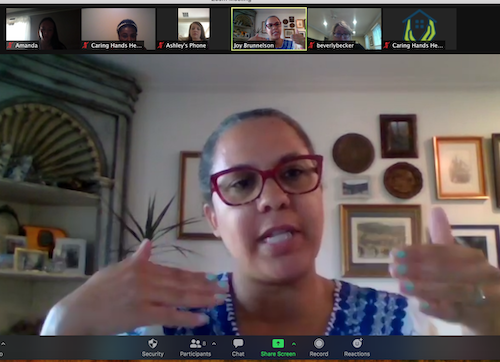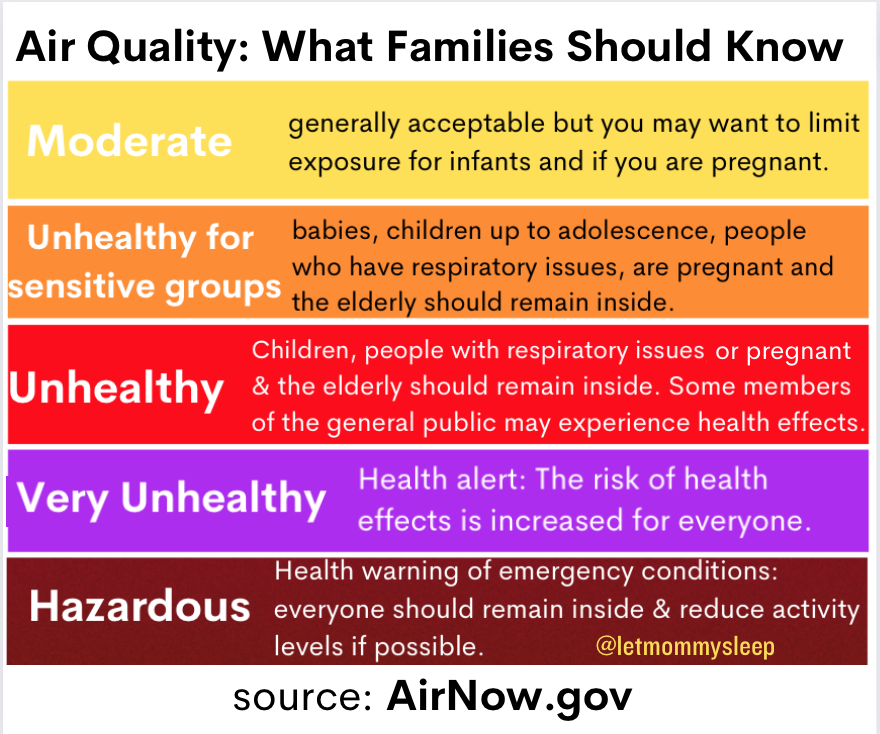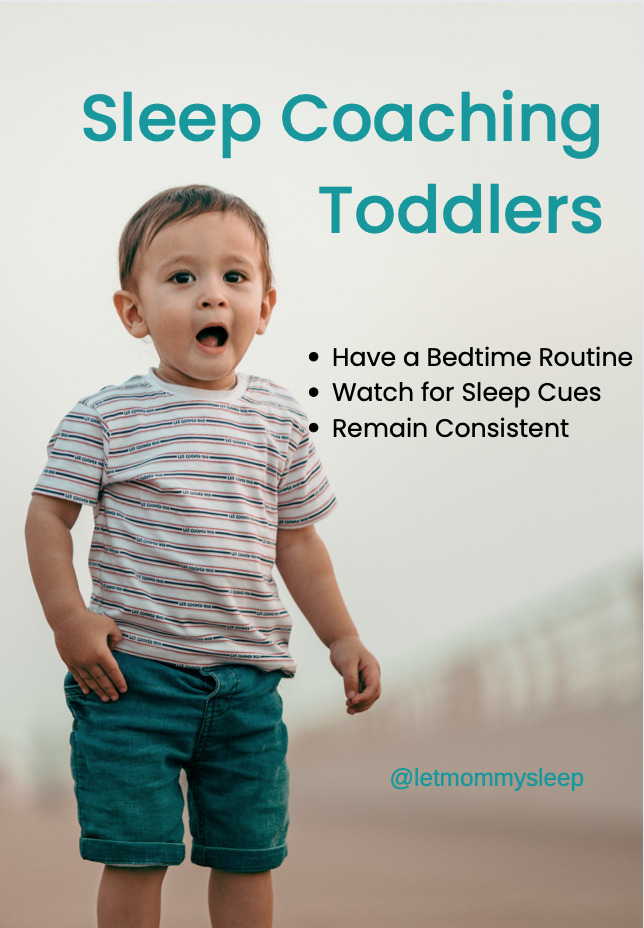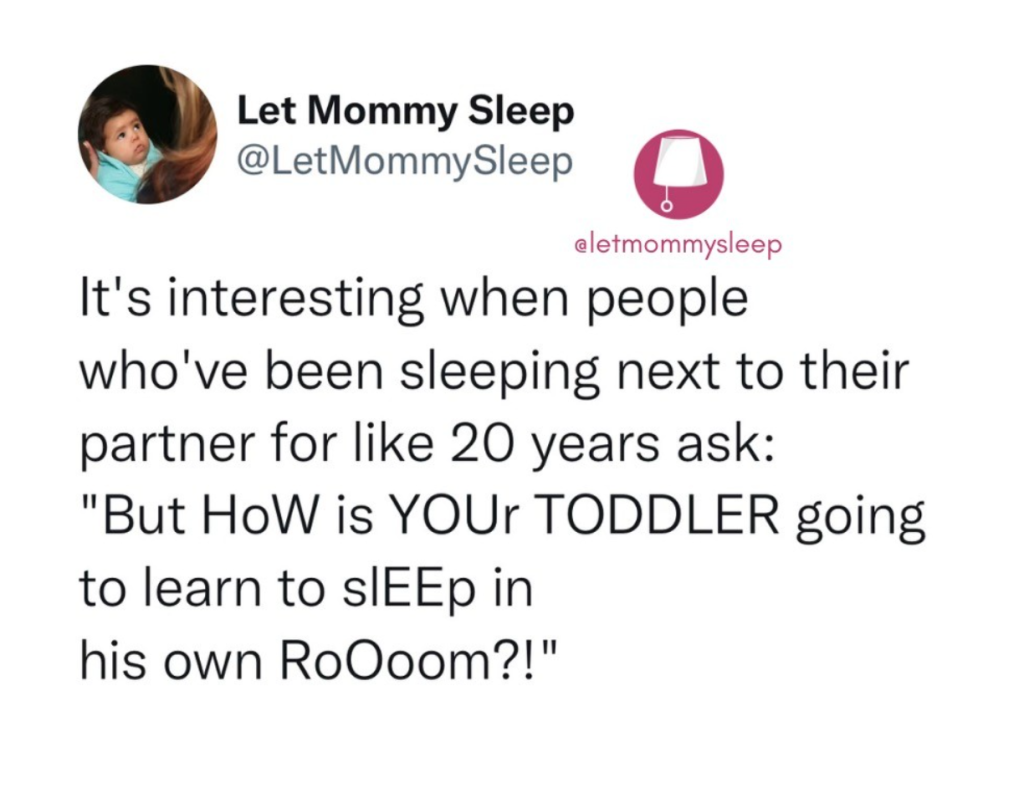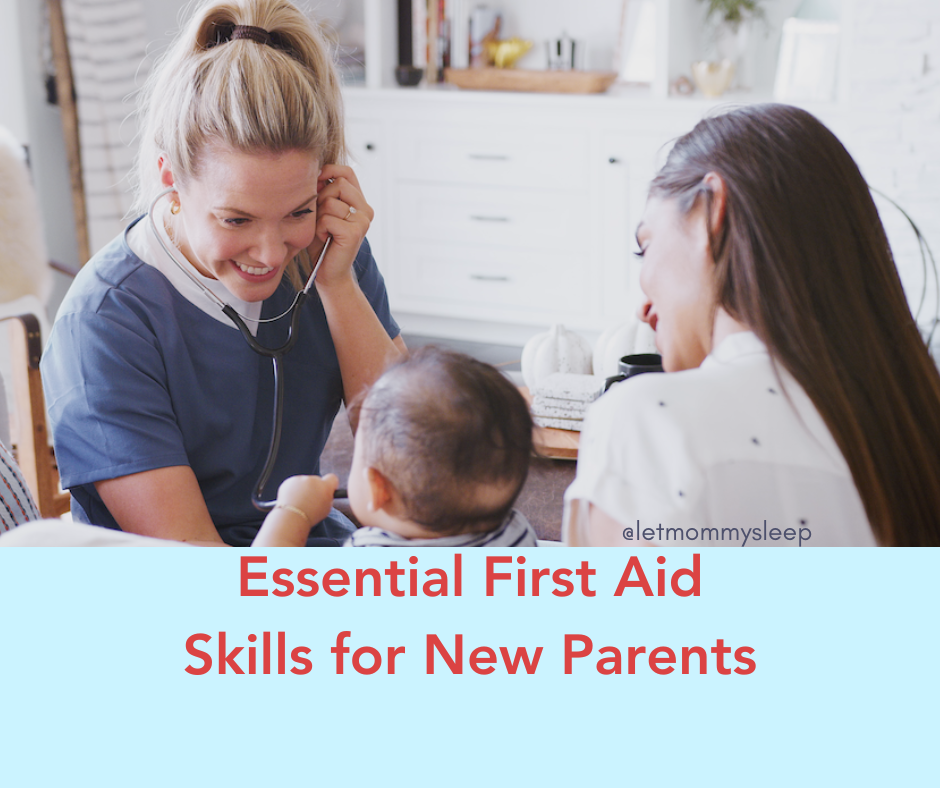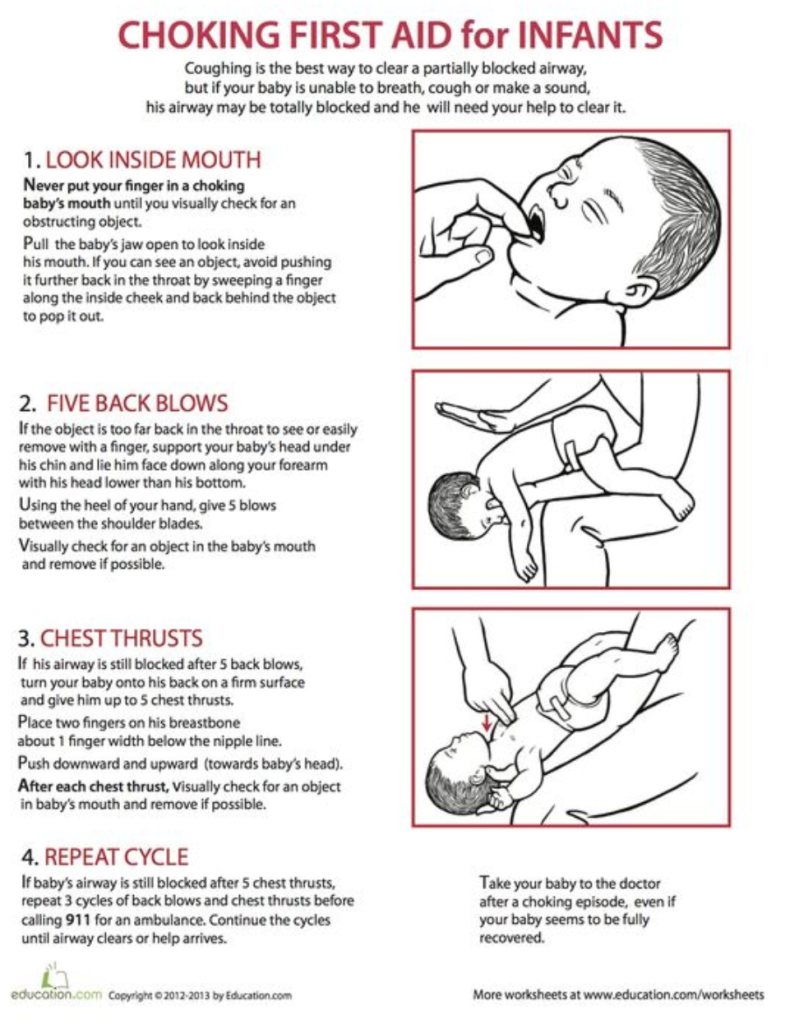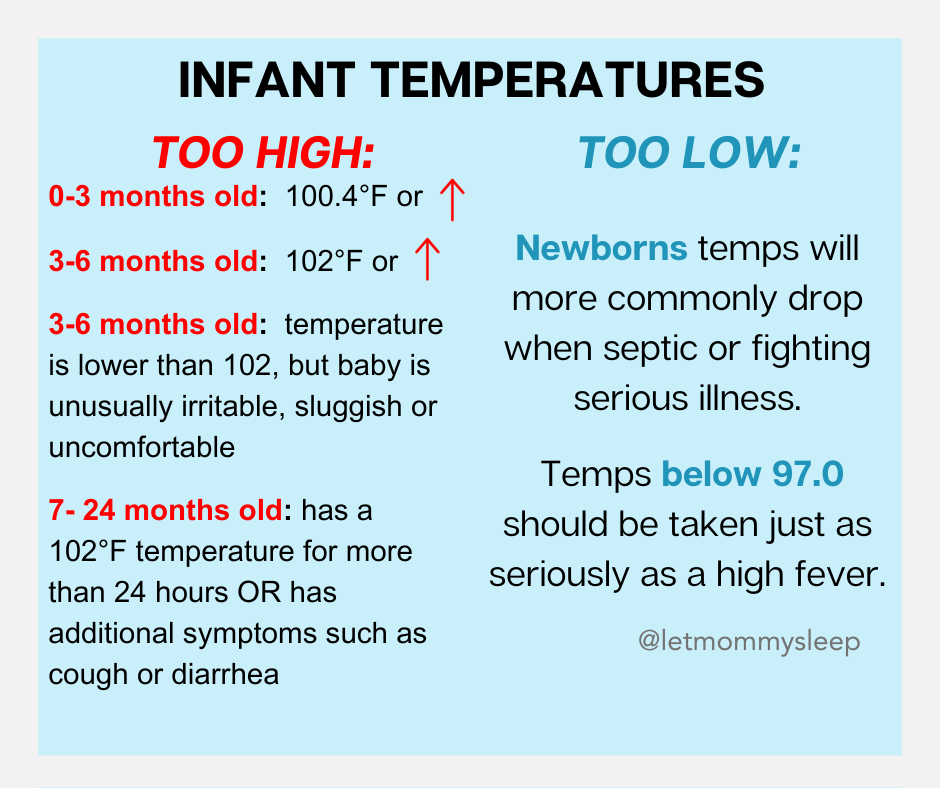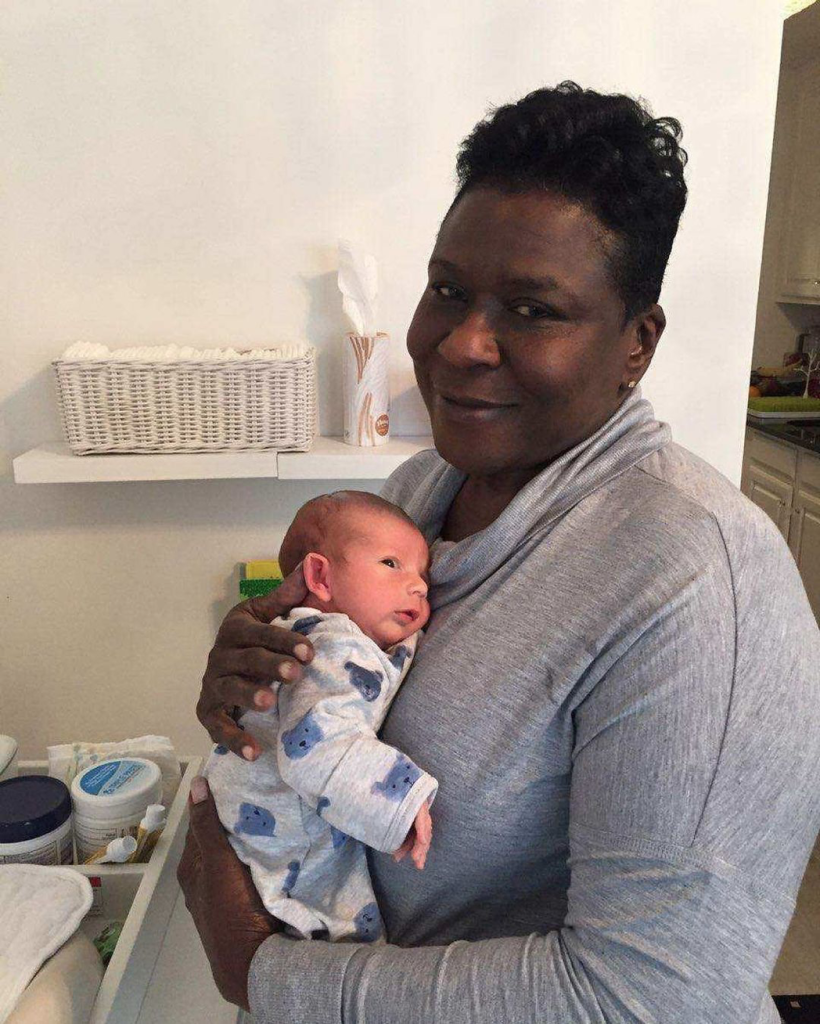Hi TikTok! Here are the 3 most recent Grant Opportunities links to apply for grants/scholarships:
- GivingJoyGrants.org – for female business owners opening or expanding a business. Deadline for this round is July 31 2024.
- Rising Tide Equity Scholarship Application – From the website: There is an urgent need right now in the US for more Black IBCLCs to provide culturally-congruent care for Black families. Our Rising Tide Scholarships are designed to remove financial barriers for Black aspiring IBCLCs to increase access to the lactation care field and help meet that urgent need.
- Newborn & Postpartum Support (NAPS) Certification – Complete this form to receive your promo code to take certification classes for free. Once classes are complete and a background check is submitted you are certified and listed on the national NAPS Registry.
***
This blog, Grant Opportunities continually shares available grants that have free and low-cost application fees. Our aim is to make these opportunities available to women, veterans, LGBTQ and BIPOC entrepreneurs who may face systemic barriers or racial inequities in addition to the usual challenges that come with starting a small business.
See the grants below or search #grantopps o for ongoing opportunities without barriers to entry. You can read about why we started these efforts here. Many of the applications are ongoing so be sure to read the whole list.

Grant Opportunities
- Birth Workers and Postpartum Doulas
ChildBirth International -awards up to three scholarships every two months to individuals who are part of a marginalized group with an intention to work within that community to address disparities and injustice. Scholarships cover education of birth and lactation support. Apply at ChildBirth International.
- Funding Opportunities for LGBTQI businesses – These organizations listed by the US Chamber emphasize LGBTQ rights and protection with a central goal of supporting and funding LGBTQ businesses.
Queer to Stay
Funding to uplift and preserve small businesses that serve the LGBTQ+ community.
Who Can Apply? Any for profit business that primarily serves/caters to the LGBTQ+ community and has been negatively impacted by covid19.
Deadline: 11:59pm, August 31, 2023
How can I apply? Complete this application
Giving Joy Grants
Grants of $100 – $500 are given 4 times per year. Grant money is raised from the Giving Joy website which purchases handmade jewelry and goods from independent artisans around the world. The sale of these one-of-a kind items finances the grants that are awarded to other female entrepreneurs…an incredible social-enterprise cycle!
Who can apply?
- Female Individuals, small businesses, for-profit and non-profit entities
- Applicants from any field are encouraged to apply: education, the environment, promoting democracy, healthcare, cooking, etc.
- Your business/organization/idea must have an impact on women, girls and families.
- Applicants may only apply once per cycle.
When is the deadline? Sept 30, 2023 but there are 4 opportunities each year
How do I apply? https://givingjoygrants.org
Astraea Lesbian Foundation For Justice
Funding for racial, economic, and gender justice initiatives. As the website states they are the only philanthropic organization working exclusively to advance queer, trans, and intersex human rights around the globe.
Call for Concepts: Climate Justice for Queer, Trans and Intersex Communities in the US – Grant awards for applications focusing on core support for ongoing work on climate justice range from $20,000 to $30,000; those for applications focusing on planning for future work on climate justice, either from existing or new groups, will range from $5,000-$10,000
Due July 31, 2023
National Black MBA Association, Inc – Scale Up Pitch Challenge
The pitch challenge is a competition that aims to help “Make Big Ideas Bigger” by helping members to create start-ups that are scalable.
Applicants must be:
- U.S. resident
- over the age of 18.
- Have a founder who is Black (of African descent), who maintains an “at least equal stake” in the startup (if the startup has three owners, at least 33% of its ownership must be Black).
- One member of each Scale-Up Pitch Challenge team must be an active member of the National Black MBA Association
Due August 4, 2023
Hello Alice
Numerous grants to historically underserved populations throughout 2023. You do need to sign up, but the platform is free.
When is the deadline? Deadlines are ongoing!
Antares REACH Grant Program – $20,000 grants to small businesses, with an emphasis on businesses preparing for their next stage of growth; operated by historically underrepresented entrepreneurs; and providing important community services.
Who Can Apply?
- Be a for-profit business that is majority (51%) owned and/or operated by individuals who identify as New Majority (Women, People of Color, Military-affiliated, Persons with Disabilities, or LGBTQ+)
- Have less than $5 million USD in annual revenue
- Have a demonstrated need for support
- Have a strong plan for moving forward
Due August 4, 2023

US Hispanic Chamber of Commerce
20 Grants of $5000 will be awarded to Latin-Owned small businesses impacted by Covid-19.
Who can apply?
Businesses with less than 20 full-time employees that are majority Hispanic owned and have an Employment ID number or Tax ID number. Business also needs to have been in operation for at least 9 months.
When is the deadline? June 11, 2022- hurry!
How do I apply?
The Small Business Administration (SBA) Free & Low Cost Business Training
Who Can Apply? Any woman who wants to start, grow, and expand their small business. The SBA’s Women’s Business Centers (WBCs) are a part a national network of entrepreneurship centers throughout the United States and its territories. WBCs seek to level the playing field for women entrepreneurs, who still face unique obstacles in the business world. Apply here for help today!
If you’d like another option, SCORE is sponsored by the SBA and is the nation’s largest free, non-profit network of expert business mentors dedicated to helping small businesses.
There are no deadlines to take advantage of these services.
Asian Women’s Giving Circle -NYC only
Who Can Apply?
Any Asian American women-led organizations and individual artists in NYC who are using arts and culture to:
- bring about progressive social transformation,
- raise awareness and catalyze action around critical issues that affect Asian American women, girls and families, and
- highlight and promote women’s central role as leaders, creators, developers and managers of these projects.
When is the Deadline? March 22, 2022
How Do I apply? Fill this out!
Stand-To Veteran Leadership Program
Who can apply? The Stand-To Veteran Leadership Program (VLP) draws from and builds upon the Bush Institute’s existing leadership and military service programming. The program is designed to develop the leadership skills of individuals who are serving our Nation’s veterans by helping them scale their impact through leadership projects and through network relationship building. The program ultimately and widely affects our Nation’s veterans and the services and opportunities available to them.
Research shows that while every veteran transition looks different, there are three keys to a successful transition: Health and well-being, education, and employment. Government programs and initiatives, more than 45,000 philanthropic organizations, corporations, and millions of individuals are committed to improving veterans’ quality of life. By honing participants’ leadership skills, enhancing their network, and advancing individual projects, the program will empower those who are responsible for implementing the programs and policies.
When is the deadline? February 2, 2022
How do I apply?
Invoice2Grow Fund
Grants of up to $15,000 and in-kind support to USA minority-owned businesses to recognize the contributions of underserved small business owners. Successful applicants will receive a monetary grant, business development workshops, and the opportunity to join a network of small business owners.
Who can apply? People who answer these questions with a yes:
1. I am an owner of a business, a legal U.S. resident, and am 18 years or older.
2. The business is majority owned by a legal US resident who identifies as one or more of the following: Asian-Indian, Asian-Pacific, Black, Latino, Native American or Alaska Native, Arab or Middle Eastern, Native Hawaiian or Pacific Islander, LGBTQ+, or as a person with a disability.
3. The business is less than 5 years old, has no more than 10 employees, and has an annual revenue of equal to or less than $1M.
When is the deadline? Friday, May 6, 2022
How do I apply?
IamSoGal Black Founder’s Start Up Grant
Grants of $5,000, grants of $10,000, and in-kind support to USA Black women entrepreneurs to support equal opportunities in business
To qualify, you should:
– Self-identify as a Black woman or Black nonbinary entrepreneur
– Have a legally registered business
– Plan to seek investor financing in order to scale, now or in the future
– Have a scalable, high-impact solution or idea with the ambition to be the next billion-dollar business
When is the Deadline? Applications accepted on a rolling basis.
How do I apply?
BIPOC Fitness Grant Program
Grants of up to $5,000 to USA female BIPOC-led nonprofit and for-profit organizations and women of color entrepreneurs to promote health and wellness among female BIPOC communities. Funding is intended to support organizations and entrepreneurs that have demonstrated commitment to making health and wellness inclusive to female BIPOC (Black, Indigenous, People of Color) communities.
Who can apply? Female, women of color entrepreneurs, non-profit organizations or for-profit businesses actively creating or building businesses and/or programs that aim to make wellness and fitness practices more inclusive to female BIPOC communities.
When is the deadline? December 31, 2021
How do I apply? This grant has concluded
AARP Purpose Prize
Who can apply? US citizens who are at least fifty (50) years old as of the date of entry and who started the work for which they are applying for at the age of forty (40) or older who have founded a 501(c)(3) or 501(c)(4) non-profit organization consistent with the Applicant’s social impact work.
When is the deadline? January 17, 2022
How do I apply? Visit: https://www.purposeprize.org
James Beard Foundation
Who can apply? Any food service business with 50 or fewer employees that is 51% or more owned by Black, Indigenous or Persons of Color.
When is the deadline? Sept 7
How do I apply? this grant is concluded.
Funding is intended to provide: Relief for immediate operating expenses in order to keep their owners from going out of business, especially with challenges faced during the COVID19 crisis.
IFund Women
Who can apply? Any female entrepreneur who is solving a compelling problem in an innovative way.
When is the deadline? Sept 20, 2021
How do I apply? Visit IFundWomen for full application.
Funding is intended to: “Award to a female entrepreneur to recognize outstanding business growth and impact on product markets. In addition to making an equity investment in the prize winner’s company, the funding source will afford selected honorees with the opportunity to compete for monetary prizes and coaching assistance.”
Coalition to Back Black Businesses Grant:
Who can apply? Black-owned businesses in economically vulnerable communities. Applicants may be eligible for Enhancement grants of up to $25,000. Businesses must be located in an economically vulnerable community, defined as any zip code not in the top 20% of zip codes in the United States.
When is the deadline? Sept 30, 2021
How do I apply? Visit the US Chamber’s We Back Black Businesses website. Applicants will need to complete an interest form and then the application.
Funding is intended to provide: $5,000 to alleviate the adverse financial impact of the Coronavirus pandemic. In addition to a cash grant, applicants will also be invited to participate in a coaching platform.
Gold Start Home Program
Support to families of service members who have been killed while serving the country by giving a mortgage-free home to surviving spouses with young children.
Who can apply?
1. Family of a U.S. Military Service Member killed in action in a combat zone or killed during authorized training.
2. At least one of the surviving children is 16 years of age or younger.
3. If Service Member and surviving parent were married, they cannot have been divorced or separated at the time of death. Surviving parent of the service member’s child(ren) is not currently remarried, engaged, or cohabitating.
When is the deadline? Ongoing
How do I apply? Visit Tunnel2Towers.org
Wealthy Single Mommy:
Who can apply? Any single mother in need of finanicial help.
When is the deadline? ongoing; grants are awarded as needed
How do I apply? Visit the links at Wealthy Single Mommy. Applicants will need to complete a Google form and link to a social media account to prove they’re a real person.
Funding is intended to provide: Immediate relief for single mothers experiencing financial hardship. It really is that simple!
Amber Foundation (WomensNet):
Who can apply? Any business that is at least 50% women owned in the US and Canada
When is the deadline? ongoing; grants are awarded each month
How do I apply? Visit this site
Funding is intended to provide:
$10,000 per month to help businesses and non-profits expand or reach their organizational goals.
Global Institute of Sustainability and Innovation:
Who can apply? Any female owned business in operation for 3+ years and grossing a minimum of $100k per year.
When is the deadline? April 15, 2021
Funding is intended to provide:
$20,000 to further the business as well as “capacity-building training sessions and opportunities to connect with an unparalleled global network to advance their enterprises.”
Black Ambition Prize:
From the website: “Black Ambition is a non-profit initiative working to close the opportunity and wealth gap through entrepreneurship. We invest capital and resources in high-growth startups founded by Black and Latinx entrepreneurs. We believe entrepreneurs historically left out of traditional investment funnels are building the companies of tomorrow.”
Who can apply? Black and Latino/a Founders
When is the deadline? Feb 18, 2021
Funding is intended to provide:
Growth capital, pitch feedback, and mentorship in the categories of Consumer Products and Services, Design, Healthcare or Technology
Rural Small Businesses: $20,000 Grants
Funding fromLocal Initiatives Support Corporation to support rural small businesses that have been impacted by the pandemic, particularly those in underserved communities, including entrepreneurs of color, women and veteran-owned businesses.
Who can apply? Small business owners serving rural communities, “rural” defined as serving 50,000 residents or less who have been impacted by COVID19.
When is the deadline? January 5, 2021 and another round on February 2, 2021
Funding is intended to provide:
- help with immediate operational costs such as rent and utilities, payroll, and outstanding debt
- relief to those serving underserved communities, including entrepreneurs of color, women- and veteran-owned businesses that often lack access to flexible, affordable capital
Our Military Kids
Grants of $300 per child to cover extracurricular activities, tutoring or camps.
Who can apply? Military families with children age 3 -18 who have a deployed or recovering parent
When is the deadline? Ongoing
Funding is intended to provide:
- up to 6 months of the child’s extracurricular activity
- no eligible child has ever been turned away
- daycare, mission trips and school tuition are not elible expenses
Brave of Heart Fund
Who can apply? Family members of healthcare workers & volunteers who have lost their lives fighting COVID19.
When is the deadline? May 15, 2021
Funding is intended to provide:
- basic and immediate expenses such as funeral costs
- food, housing payments
- medical care, counseling
- educational expenses of children and other dependents currently in school, and living expenses.
Veteran Women Igniting the Spirit of Entrepreneurship (V-WISE)
Who can apply?
- Honorably discharged women veterans of any military branch and service era
- Active- duty women service members of any military branch
- Spouses/same-sex partners of above (including widowed spouses/partners)
- Participants must be able to complete the online component of the program and be able to travel to one of the mandatory conferences.
When is the deadline? Ongoing consideration
Funding is intended to give USA female veterans and female military spouses or partners an opportunity to attend a small business management and entrepreneurship program. The program aim is to equip eligible women with the skills they need to successfully develop and grow a business venture.
Veteran Women Igniting the Spirit of Entrepreneurship (V-WISE) is a premier training program in entrepreneurship and small business management. V-WISE helps women veterans and female military spouses/partners find their passion and learn the business savvy skills necessary to turn an idea or start-up into a growing venture.
This list is continually updated…check back soon for more opportunities or contact us for more info.
